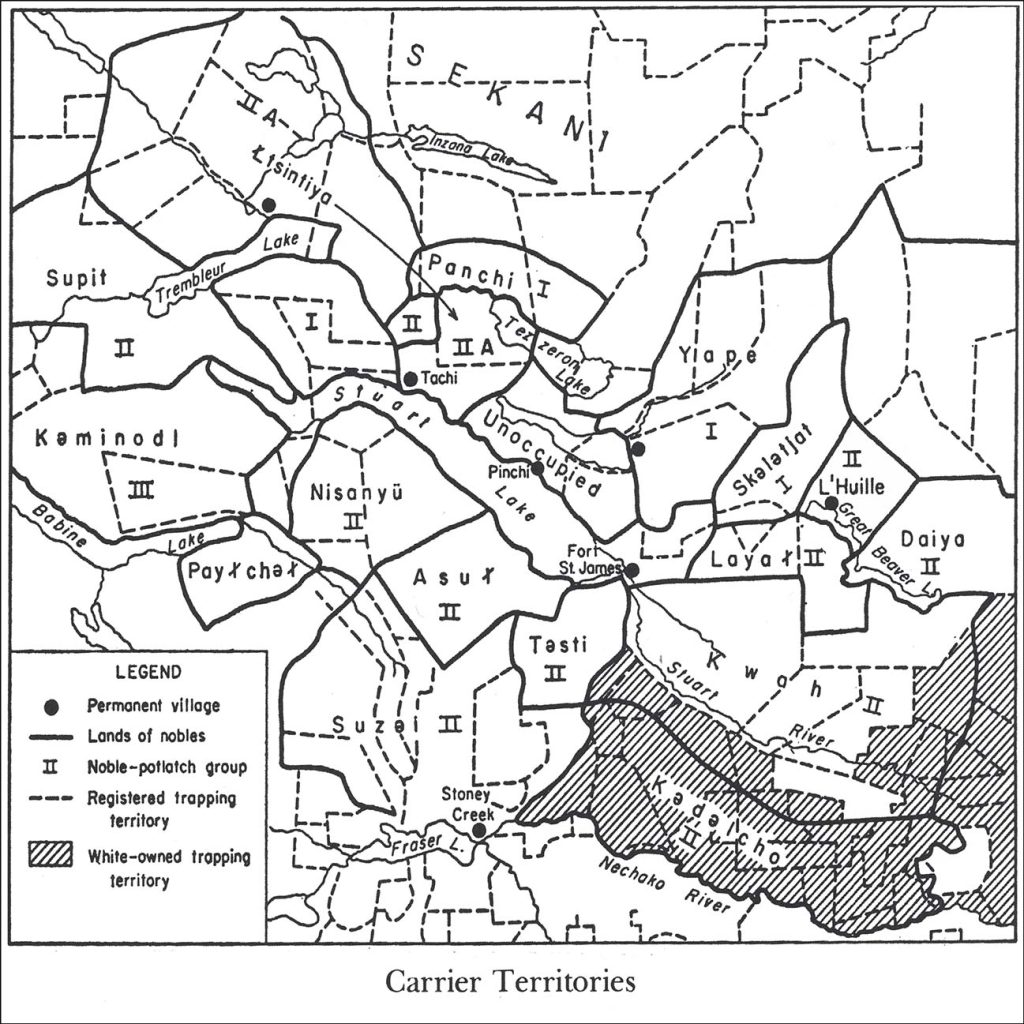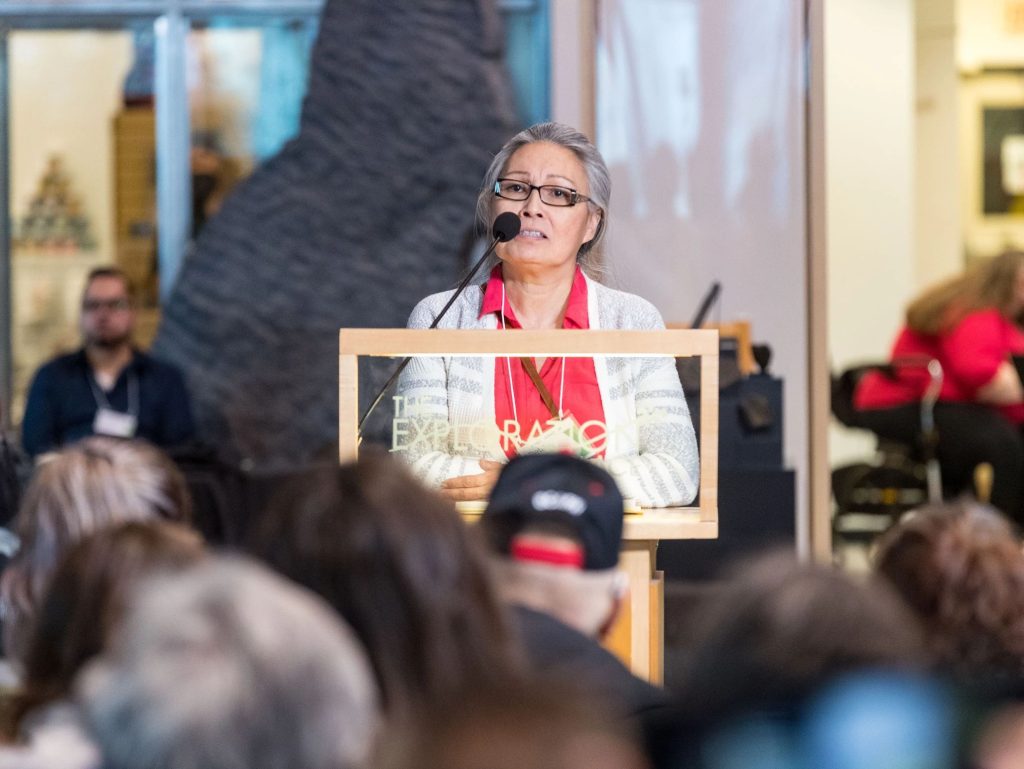The Traditional Dakelh Territories : Keyohwhudachun-Ne
Keyoh News
- Sneak Peek: New Territory Signage Project Honors Keyoh System and Cultural HeritageThe Keyoh system, a cornerstone of our heritage and community, is taking a step forward in preserving and sharing its rich history. Several Keyohs are… Read more: Sneak Peek: New Territory Signage Project Honors Keyoh System and Cultural Heritage
- Susk’Uz Headdress Exhibit Is Now OpenWe welcomed a full house and successfully celebrated the importance of Indigenous cultural institution of governance and land tenure, OUR KEYOH SYSTEM. We hope you… Read more: Susk’Uz Headdress Exhibit Is Now Open
Leadership Supports Keyoh rights

“The Keyoh (land) was managed by family units and the family head controlled the hunting, fishing and gathering in his Keyoh.”
Thomas Alexis
Past Chief Councillor of Tl’azt’en Indian Band
– August 2009

“Nak’azdli has consistently stated that those aboriginal rights are held by the keyoh holders, not the Nak’azdli Indian Band… Nak’azdli is in support of the Title and Rights of the Keyoh Holders.”
Fred Sam
Former Chief of Nak’azdli Indian Band
– 2008

“The responsibility for additional consultation to the Keyoh Holders lays with province and the Licensee as per recent court decisions of the Haida and Taku River Tlingit rulings….our Council has encouraged our member to be more active in the utilization of their Keyoh and we expect that your ministry.”
Leonard Thomas
Former Chief of Nak’azdli Reserve, Vice Tribal Chief CSTC, and President for First Nations Forestry Council
– 2002

“Keyoh holders still hold Aboriginal rights and title to those lands.”
David Luggi
Former Tribal Chief of Carrier Sekani Tribal Council and Chief for Stellat’en
– Carrier Sekani Tribal Council, 2007
“Ownership of rights to sites by family groups, such as the Carrier Keyoh, is pronounced… Carrier families own Keyoh lands.”
– Ridington 2008
“The keyoh, while existing on a functional level as a “larder”, carries symbolic meaning in how it acts as a vessel of tradition. It is frequently referred to as “a place for survival” (Walter Joseph and Pierre John, Catherine Coldwell, Stanley Tom and Alexander Tom, 2004) but the meaning of this phrase surpasses its subsistence importance.”
– Heikilla 2007
“On a social level, keyohs symbolize family and personal autonomy in the sense that they are places of belonging within the greater Dakelh social structure. In short, keyohs are places where it becomes possible for individuals to attach in a personal way to the land. It is in this sense as a place for self-restoration, that the word “survival”, used to describe keyohs, is fully realized.”
– Heikilla 2007
About the Banner Images

1920 photo of Keyohwhudachun Louie Billy Prince, seated 3rd from the left.

Keyoh holders meeting, 2007.


